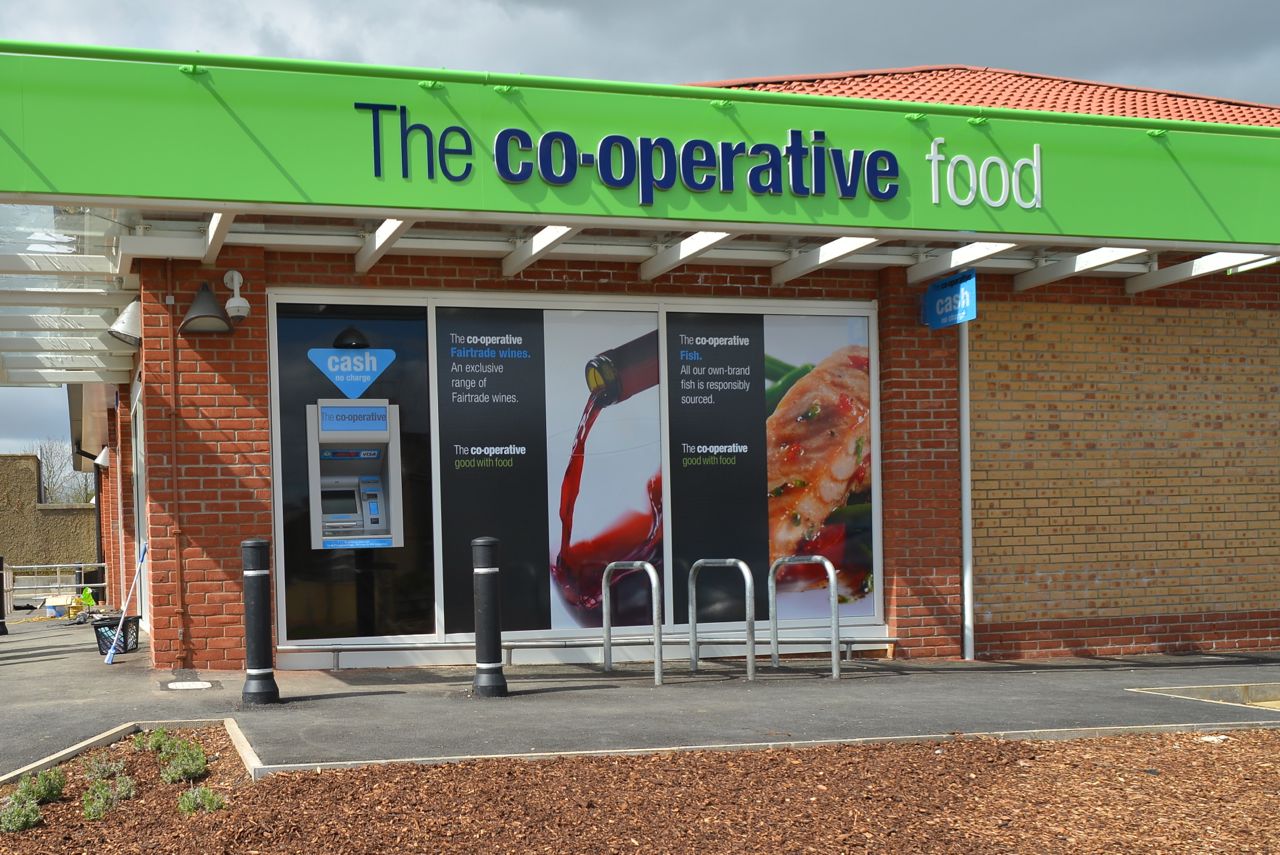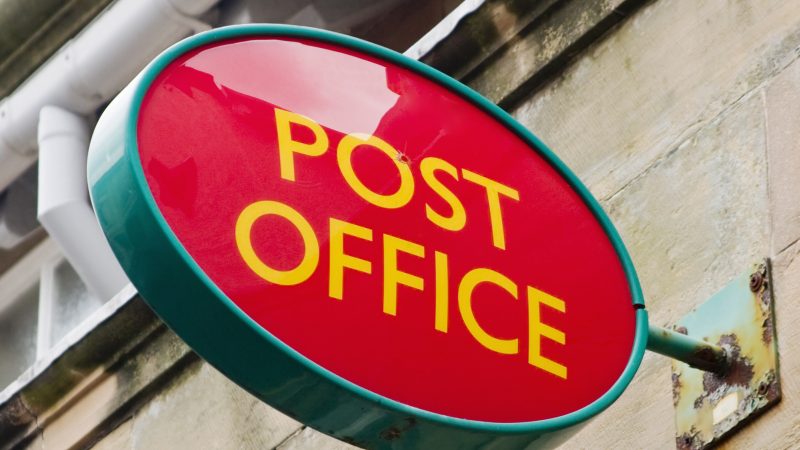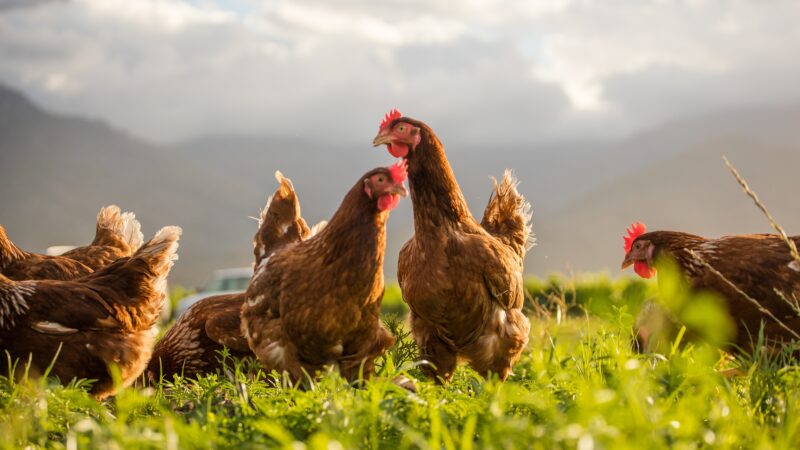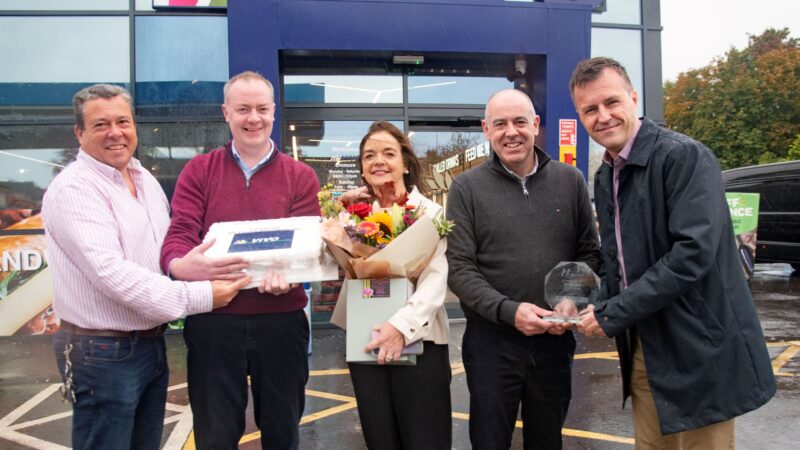Co-operative healthy after overtaking discounters

The Co-operative has become the fastest growing non-discounter for the first time since 2011.
Following what was a tough 2015, the Co-operative’s focus on health helped drive an increase in sales by 1.4 per cent. It also grew its own-label sales by seven per cent, with sales up fastest in the fresh and chilled part of the store.
The figures from Kantar Worldpanel show the Co-operative is the most frequently visited major supermarket with their customers shopping there an average of almost 19 times over the past 12 weeks, compared with a market average of 11 visits.
Its market share remains stable at 5.9 per cent.
Steve Murrells, retail chief executive at The Co-op, said: “We are beginning to show good momentum as our retail strategy is well established and the business is making significant improvements across the board.
“We are focussed on revamping our store estate, boosting food quality and continuing to offer great value for money and Kantar’s figures show that our plan is working. We had a very strong Christmas, which has continued into 2016.
“Consumers are voting with their feet, as our convenience offer meets the needs of a modern lifestyle by offering quick and easy products and services for those shopping little and often.”
The grocery share figures from Kantar Worldpanel for the 12 weeks ending 31 January 2016, show the UK grocery market returning to slow growth after a disappointing Christmas period.
Take-home sales increased by 0.2 per cent, but while the overall grocery market’s growth was slight, New Year health kicks contributed to a strong performance across fresh foods in January.
Fraser McKevitt, head of retail and consumer insight at Kantar Worldpanel, said: “Consumers are clearly striving for a healthier start to the year and have turned to fresh foods – particularly fruit and vegetables, which have both grown sales by 5 per cent.
“Given that they’re still experiencing like-for-like deflation it’s a significant revenue growth for both categories, shared across both traditional and discount retailers. Similar growth has been seen in nuts, fresh poultry and fish.”
Kantar Worldpanel grocery market share analysis:
Meanwhile Lidl continued to accelerate, increasing market share by 0.7 percentage points, rising to a 4.2 per cent.
Sainsbury’s increased its sales for the sixth period in row, growing by 0.6 per cent with a resulting market share increase of 0.1 percentage points to 16.8 per cent. Tesco too showed signs of improvement. Although its revenues fell by 1.6 per cent, these are the best numbers posted by the retailer since September of last year.
Asda’s recent price cuts have not yet had time to materially affect its latest 12 week figures, with sales falling by 3.8 per cent and share falling back to 16.2 per cent.







